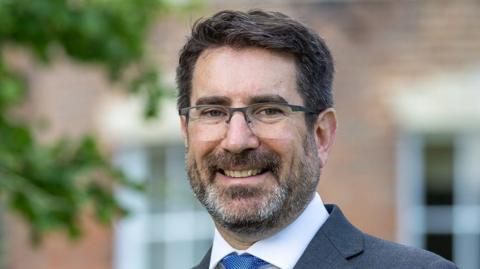Given overall student numbers are set to fall by 700,000 in England by 2030, the government is confident that schools in the state sector will be able to accommodate any additional pupils moving from private schools.
It estimates about 35,000 will move to the state sector in the long term and the impact will be "very small".
Research by think tank the Institute of Fiscal Studies (IFS) said it would be possible for the state sector to easily accommodate extra pupils as the number leaving is bigger than the total number of children attending private schools.
The ISC said some of its members reported a 4.6% fall in Year 7 pupils in September 2024, but experts say the declining birth rate and cost of living could be having an impact.
A judicial review of the policy has been brought by three separate groups, including parents of children with SEND and low-paying faith schools. A decision is expected soon.
The court heard how the government decided to bring the policy in mid-year to maximise the amount of money it raised.
It estimates that the policy will raise an extra £460m this year, rising to £1.8bn by 2029/30.
As part of their election campaign, Labour promised this would be used to recruit 6,500 specialist teachers in England over their parliamentary term.
The state sector is struggling with recruitment and retention and unfilled vacancies are at a record high.
"This data misrepresents reality – the increases in fees are not only down to VAT. Average fees have risen by 75% in real terms in the past 25 years and pupil numbers have remained steady", a Treasury spokesperson said.
"Ending tax breaks for private schools will raise £1.8 billion a year by 2029-30 to help deliver 6,500 new teachers and raise school standards, supporting the 94% of children in state schools to achieve and thrive", they added.

